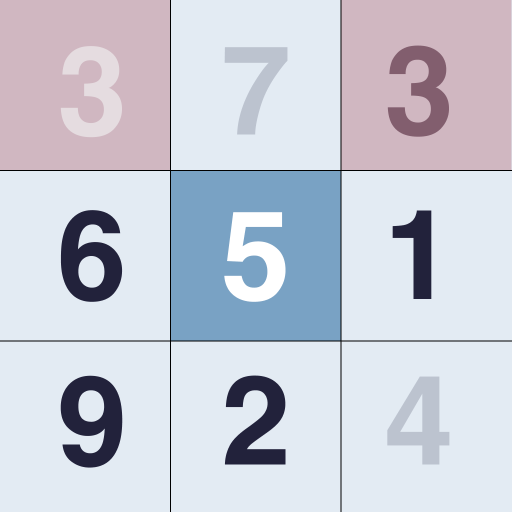
Sudoku X-Wing Strategy Explained
The X-Wing strategy is a pattern that occurs when two rows or columns have only two cells that could contain the same number. This number is then eliminated from all other cells in those two rows or columns.
Here's an example of how the X-Wing strategy works:

If you can't find any simple ways to progress in the Sudoku puzzle, check the positions where the number 6 could be in rows 4 and 9.


The trick to understanding X-Wings is to imagine what would happen if you chose just one of those positions - what would it do to the others?
Picture placing the number 6 in the top left of those cells - it would eliminate the other candidate in its row and also remove the candidate in the bottom left (shown with red arrows).

As a result, the final cell would be forced to contain the number 6 (indicated by the green arrow).

If you place a 6 in the top left cell, it would require the bottom right cell to be a 6 as well.

Using the same logic, if you put a 6 in the top right cell, it would make the bottom left cell a 6 too. This creates a pattern that looks like an X, hence the name of the technique - X-Wing.
All clear, but how to finally use it:

If you examine a Sudoku puzzle, you'll find that whichever position 6 occupies in the top row, it forces the other 6 to occupy the opposite position in the bottom row.
The clever part is that even if you're unsure which row has the left 6 and which row has the right 6, you know for certain that both positions will be occupied. This knowledge allows you to look up and down the two columns where the 6s are located, and remove any other candidates.
In some cases, such as the one being discussed, you may not be able to remove any 6s from one column, but you can remove two from the other column, leaving an 8 as a single candidate.
The interesting thing about this technique is that it enables you to remove candidates from columns using information from two similar rows. It also works the other way around: if you spot similar columns, you can often make removals from rows. You may come across X-Wings, which are quite common, but they won't always lead to the ability to remove candidates.
PRO Tip To spot X-Wings in Sudoku puzzles, search for rectangles of potential candidates. If you see four candidates in the corners of a rectangle, check if they form an X-Wing for both rows and columns. This can help you save time!
Sudoku X-Wing tutorial:
- Look for two rows or columns that have only two cells that could contain the same number.
- Check if the potential number appears in the same position in both rows or columns.
- If the potential number appears in the same position in both rows or columns, eliminate it from all other cells in those two rows or columns.
- Repeat the process with other numbers until the puzzle is solved.
The X-Wing strategy is especially useful for solving difficult Sudoku puzzles, as it allows you to eliminate multiple numbers at once. However, it requires a keen eye for patterns and a good understanding of the game's rules.
In conclusion, the X-Wing strategy is a powerful tool in a Sudoku player's arsenal. By looking for patterns and using logic, players can solve even the most challenging puzzles. Give it a try and see how it improves your Sudoku game!

Previous: Web Sudoku easy: A Step-by-Step Guide for Beginners | Next: Magic square explained in simple terms
